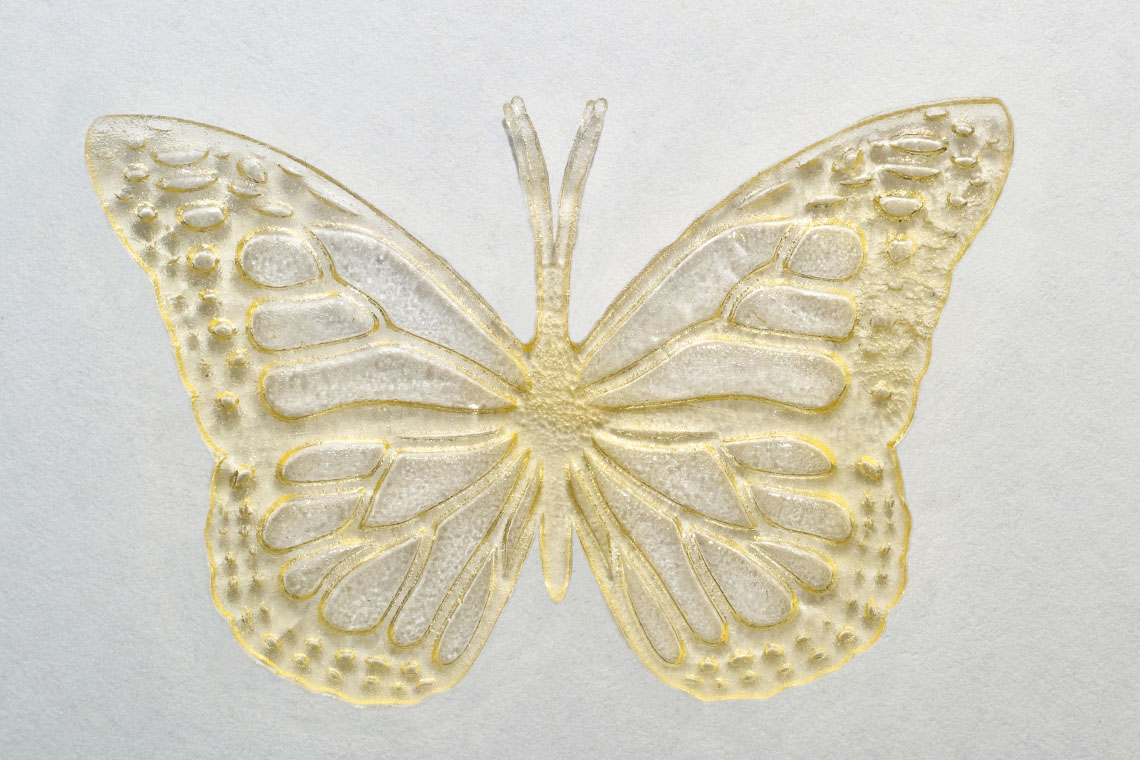[해외]잔여 맥도날드 식용유에서 3D 인쇄 수지까지
- 2020-02-14
- 관리자
○ 본문요약 :
토론토 대학의 스카 버러 (UTSC) 팀은 잉여 맥도날드의 식용유에서 스테레오 리소그래피 용 수지 (SLA)를 만들었습니다.
고가의 상업용 3D 프린팅 수지를 위해 폐기물을 줄이고 지속 가능한 재료를 만들기 위해 오일을 1 단계 화학 방법으로 처리하여 100 마이크로 미터 이하의 고해상도 물체를 만들었습니다. 이들 부품은 상용 수지와 비교할 때 열역학적 안정성, 형태 학적 균질성 및 생분해 성을 나타냈다.
UTSC의 물리 및 환경 과학 부서의 교수이자 ACS Sustainable Chemistry & Engineering에 발표 된 연구의 저자 인 Andre Simpson은“플라스틱이 문제가되는 이유는 자연이 인간이 만든 화학 물질을 다루기 위해 진화하지 않았기 때문”이라고 말했다 . "우리는 본질적으로 천연 제품을 사용하기 때문에 (이 경우 식용유의 지방) 자연이 훨씬 더 잘 다룰 수 있습니다."
A team from the University of Toronto, Scarborough (UTSC) have formulated resin for Stereolithography (SLA) from excess McDonald’s cooking oil.
In an effort to reduce waste and establish sustainable materials for high-value commercial 3D printing resin, the oil was processed using a one-step chemical method to create high-resolution objects with features down to 100 micrometers. These parts displayed thermomechanical stability, morphological homogeneity, and biodegradability when compared to commercial resin.
“The reasons plastics are a problem is because nature hasn’t evolved to handle human-made chemicals,” said Andre Simpson, a professor at UTSC’s department of physical and environmental sciences and lead author of the research published in ACS Sustainable Chemistry & Engineering. “Because we’re using what is essentially a natural product – in this case, fats from cooking oil – nature can deal with it much better.”

연구원의 식용유 유래 수지로 인쇄 된 플라스틱 버터 플라이는 100 마이크로 미터까지의 특징을 보였으며 구조적으로나 열적으로 안정적이었습니다. Don Campbell / UTSC를 통한 사진.
https://3dprintingindustry.com/news/from-residual-mcdonalds-cooking-oil-to-3d-printing-resin-168264/

















